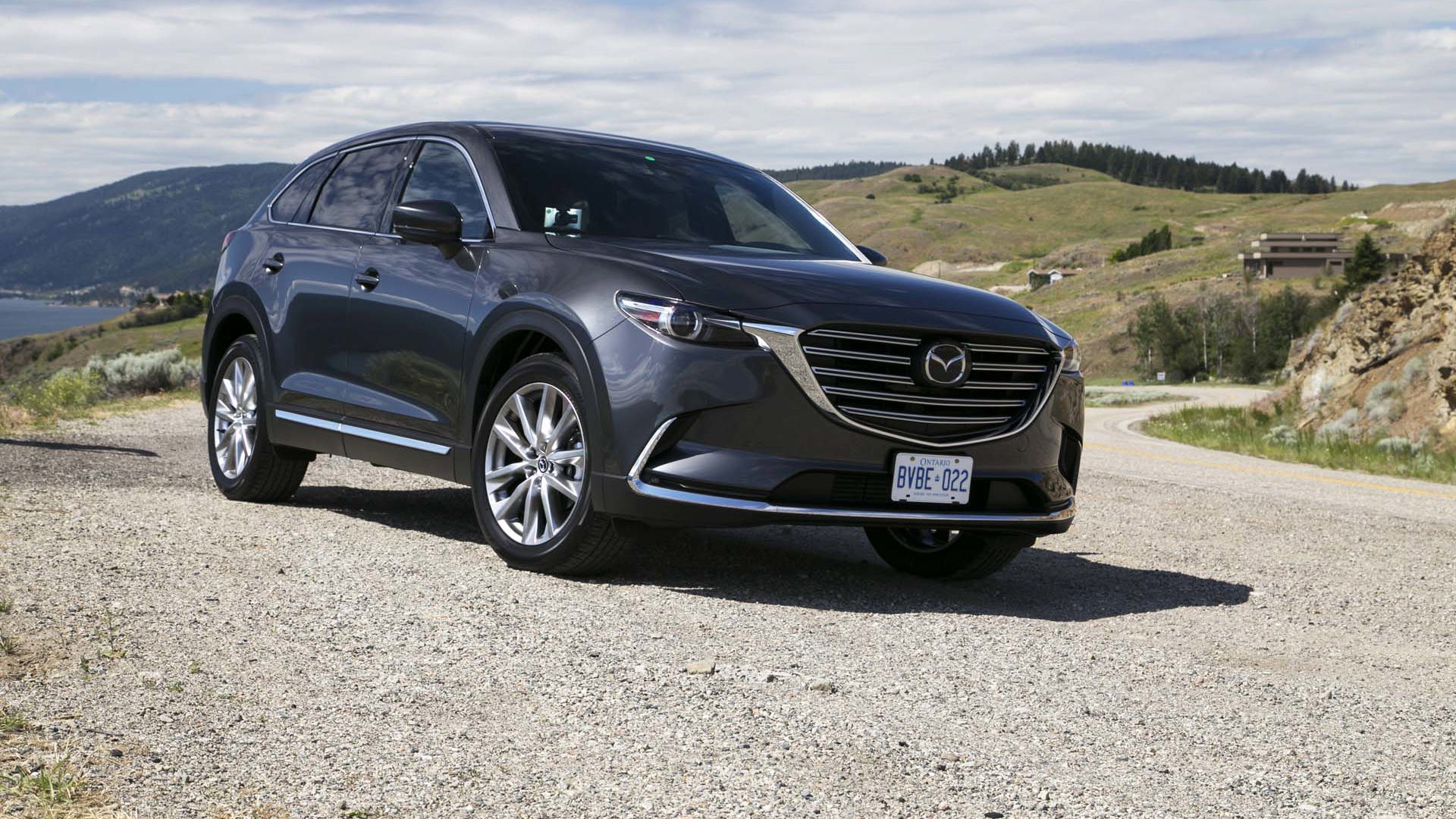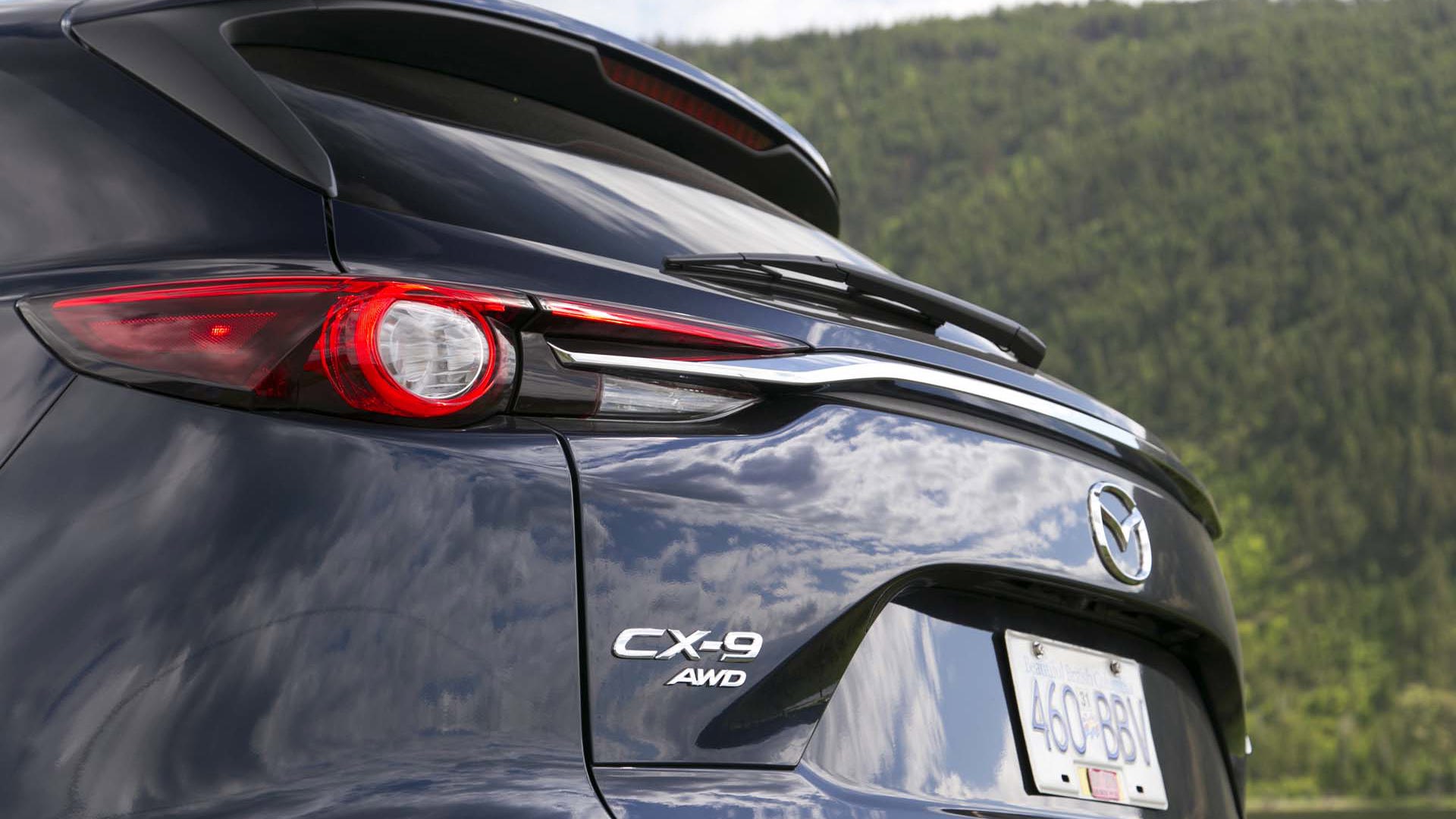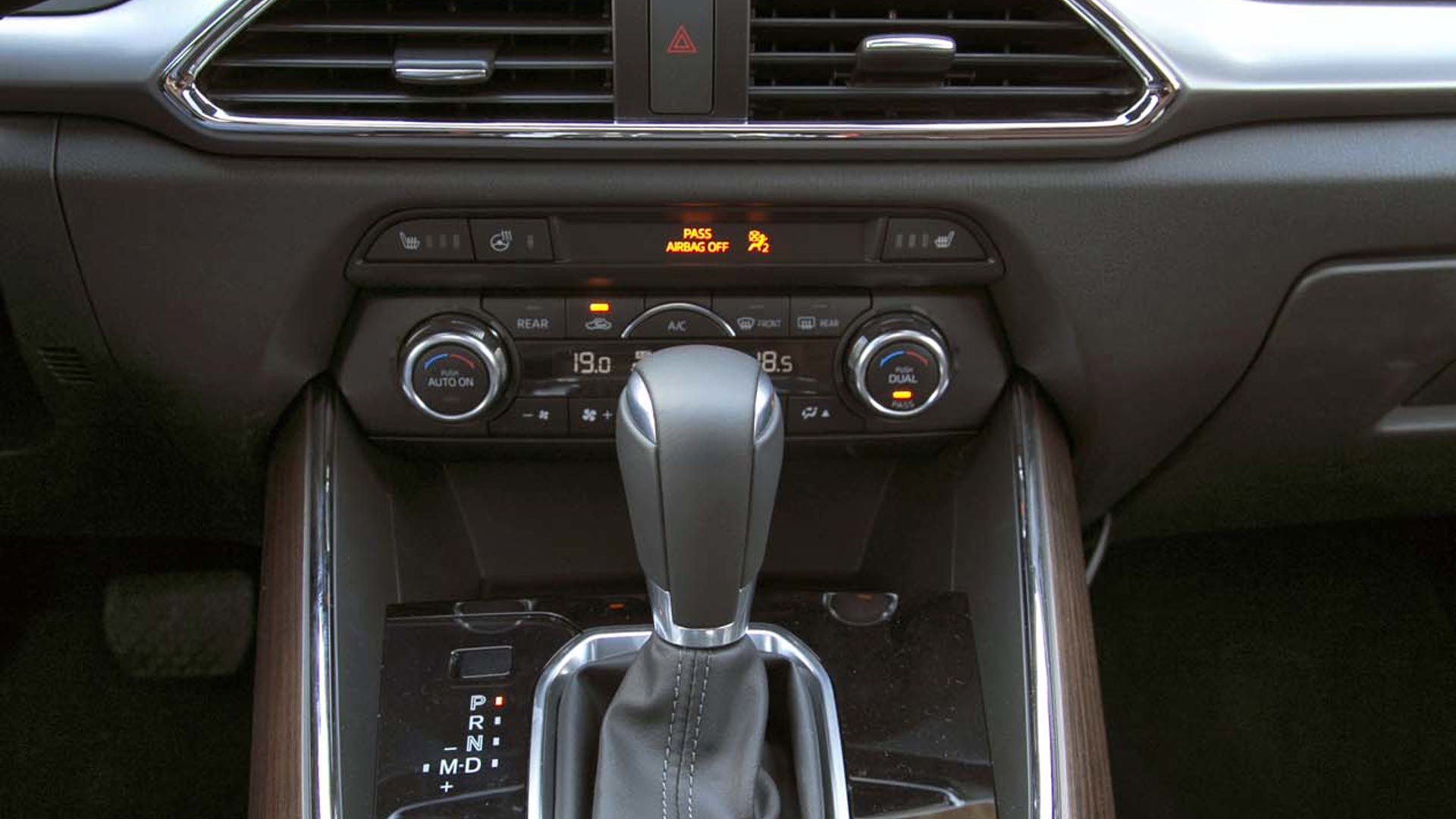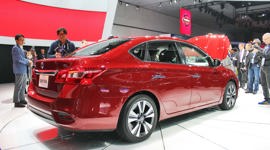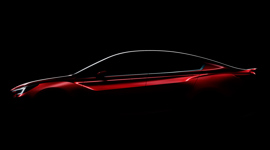Efficiency. Mazda’s Skyactiv technology is fundamentally about improving efficiency, and while everyone wants to save money on their fuel bill, it’s performance that is often the trade-off for reducing that fuel consumption.
Mazda, however, has long held a reputation of creating vehicles that are more engaging to drive than many of their competitors’ machines. Mazdas tend to feel more lively and nimble, and are generally more fun to command in most motoring situations. While Mazda’s Skyactiv push in recent years has been looking to improve fuel efficiency, its engineers have never lost sight of the importance of a rewarding driving experience. The CX-3, CX-5, 6 and 3 are all prime examples of this.
A recent drive in Mazda’s new flagship CX-9 crossover SUV shows the brand is taking Skyactiv to a next level with a new drivetrain, and that they’ve placed a keen focus on details to create efficiency not only in fuel consumption, but also space, mass and design. The new CX-9 is a great and rewarding-to-drive machine that balances its efficiency impressively.

While Mazda’s Skyactiv philosophy is a holistic approach covering aspects including both friction and mass reduction (which is a not-insignificant 148 kg in AWD versions better than the 2015 CX-9), in the CX-9’s case, the focal point is the new Skyactiv-G 2.5T engine.
Displacing 2.5L, the new CX-9’s only engine offering is also the first time a Skyactiv engine has included turbocharging. But as a breath of fresh air in an industry that relentlessly chases often-unrealistic government figures, Mazda sought to make the CX-9’s improvements to both efficiency and performance appreciated in real world driving.
Typically, small-displacement turbo engines are forced to work hard to develop promoted performance numbers. In so doing, a great deal more fuel is consumed than when driven in conditions favouring optimal efficiency – conditions that are unrealistic compared to the way most of us actually drive in day-to-day motoring.

Mazda has gotten quite creative in ensuring the engine operates at peak efficiency within the performance range many buyers need to operate, most of the time. Like most contemporary turbo engines, the Skyactiv-G 2.5T mill delivers most of its torque – the measure drivers feel and use more in acceleration than horsepower – at low rpms. Whereas twin-scroll turbos are now the norm, Mazda has instead offered up the world’s first turbocharger able to vary the degree of exhaust pulsation dependent on engine speed.
At low rpm, the amount of exhaust gas being propelled through the turbo is minimal, causing a delay in the turbo’s effectiveness. With the Dynamic Pressure Turbo, a valve is closed on the primary exhaust chamber at lower rpms, forcing the exhaust gases through a smaller outlet. Mazda’s engineers compare this process to holding one’s thumb over the end of a garden hose to create a higher-pressure water stream. The greater pressure spins the turbine quicker, netting a more immediate power benefit.
Mazda claims a spool-up response time between 20 and 25 percent quicker than a twin-scroll turbocharger at speeds below 1,500, providing a very smooth, lag-free power delivery, similar to a larger, normally aspirated engine.

To further maximize the turbocharger’s efficiency, Mazda has employed a 4-3-1 exhaust set up wherein the middle two cylinders (two and three) are joined into a single exhaust port, while the outer cylinders have their own ports. With the three ports coming together at the entrance to the turbocharger’s exhaust side and a 1-3-4-2 firing order, there is always an exhaust pulse feeding the turbo every 180 degrees of crankshaft rotation. This in turn keeps packaging space efficient, and more importantly, it also helps with energy extraction from the cylinders.
Mazda’s engineers have fitted an exhaust gas recirculation system (EGR) that they fully admit adds no appreciable benefits to the efficiency test cycle numbers. What it does do, however, is improve real-world efficiency by preventing the need to burn more fuel to create power at higher temperatures – a process known as fuel enrichment. Fuel enrichment is what generally makes small displacement turbo engines perform far less impressively in real world conditions than their optimized test-cycle conditions can enjoy.
The ERG lowers exhaust temperatures by upwards of 100º C, negating the need for fuel enrichment and allowing Mazda to still run a 10.5:1 compression ratio even with up to 17 psi boost, and on regular fuel.

Running on regular 87-octane fuel, the little turbo Skyactiv engine produces 310 lb-ft of torque at 2,000 rpm that continues on a fairly flat plane until after 4,000 rpm. This is not only considerably more torque than last year’s much larger and less efficient 3.7L V6, but also more twist than any of the CX-9’s competitors like the Toyota Highlander, Honda Pilot or Kia Sorento.
Dave Coleman, Vehicle Development Engineer for Mazda, described an early development process where a diesel-powered CX-5 was tuned to create the exact torque curve they speculated for the new 2.5T engine. The smaller Mazda mule was then laden with lead to weigh the same as its upcoming, bigger sibling. Mazda’s engineers then drove around Southern California’s suburban neighbourhood school zones during student pick up time to replicate the type of driving and acceleration typical SUV buyers do. What they found was that the much more usable torque in the most-used portion of the rev range made for a much smoother driving experience than the older V6 that would require more downshifts for similar acceleration.
Mazda rates the horsepower at 250 hp at 5,000 rpm if fueled by 93-octane gasoline. At 87-octane regular, the power output is 227 hp, yet torque is unaffected by the octane change, once again speaking to the real-world usability of this engine. Revving much beyond 5,000 rpm generates more noise, but no appreciable thrust, so the Skyactiv-G 2.5T ends up having a very diesel-like nature to its power delivery. The six-speed automatic smoothly transmits power to either the front, or all four wheels.

On our drive on the twisting and undulating mountain roads surrounding Vernon, BC, Mazda’s promises for the new Skyactiv-G 2.5T were realized. From a stop, the low-end torque is certainly felt with no lag. In fact, if not told the CX-9 was powered by a four-cylinder turbo engine, few would believe it given how smoothly and powerfully the 2.5T propels the seven-passenger crossover. There is some gruffness to the sound, but Mazda has also taken considerable pains to dramatically reduce noise, vibration and harshness entering the cabin, meaning most buyers won’t care that it’s not a V6 under the hood. The CX-9 is rated to tow 1,588 kg (3,500 lb).
Mazda’s CX-9 represents a massive leap forward in technology and the promise of future Skyactiv successes. Having this impressive drivetrain coupled to an equally impressive step up in terms of design, amenities and comfort for the rest of the CX-9 suggests that Mazda is taking this important market segment very seriously.
Best of all, the new CX-9 gives buyers exactly what they really need: usable performance and honest, real-world efficiency thanks to their Skyactiv-G 2.5T.


